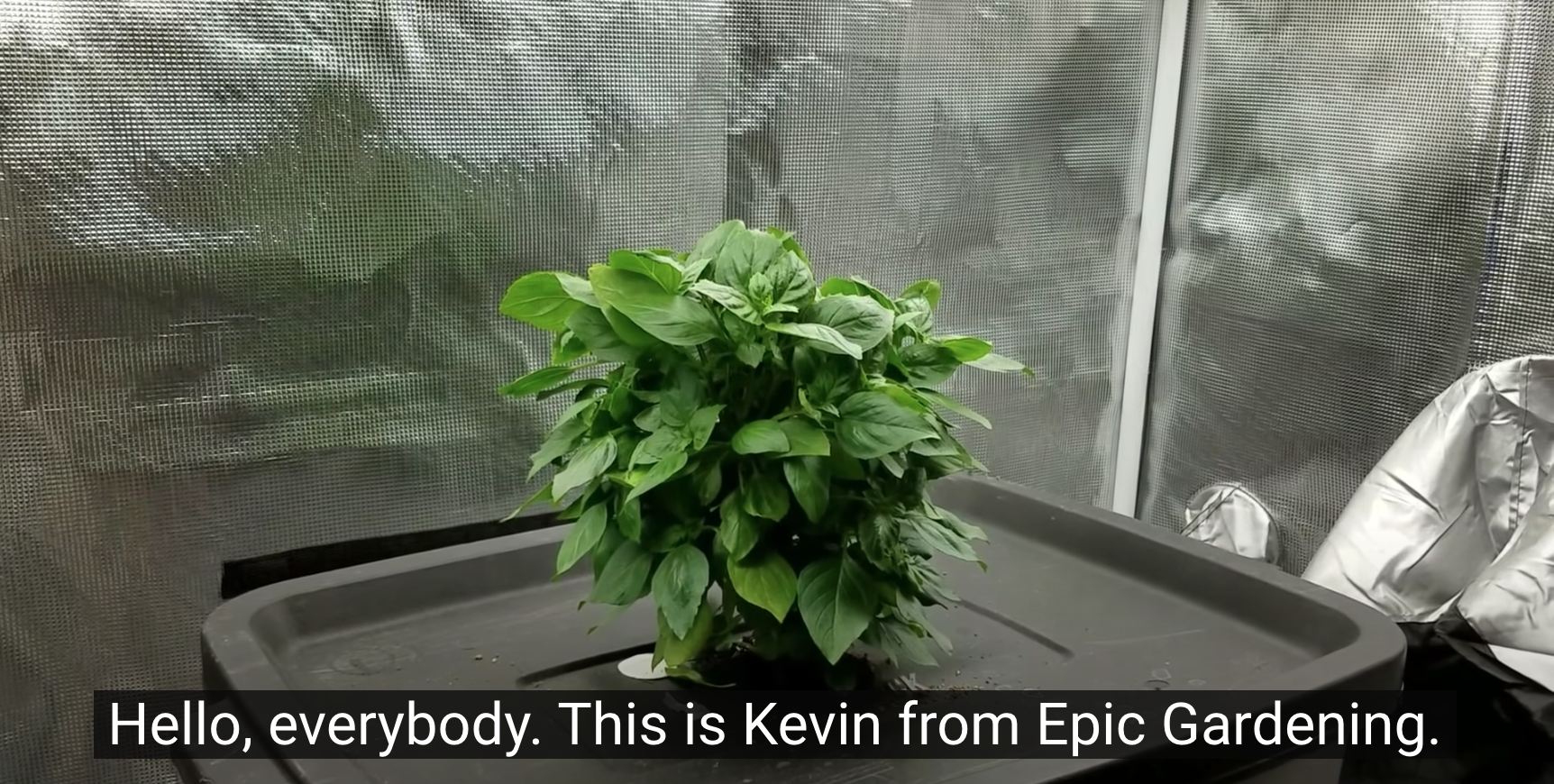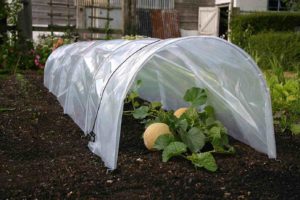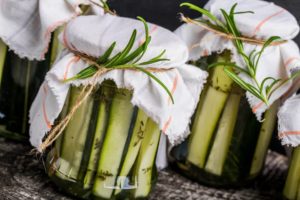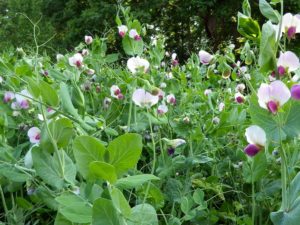Pruning basil encourages the growth of new, tender leaves. Pruning basil also prevents the basil plant from flowering, which takes some of the plant’s energy away from growing the leaves. To prune a basil plant, you can use scissors, hand pruners, or herb snips.
Trimming, clipping, cutting back, cropping, and thinning out are other terms that are used to describe the basil pruning process.
How to Prune a Basil Plant (Step-by-Step)
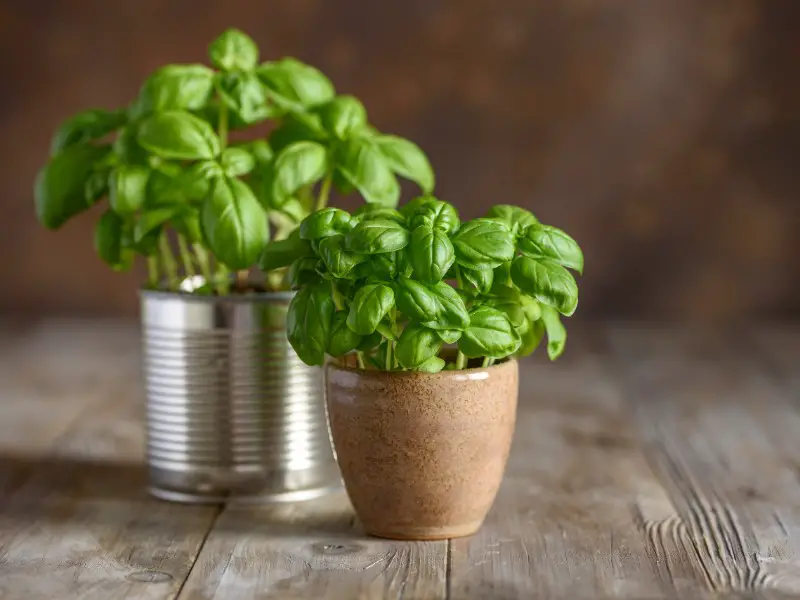
Here’s how to prune a basil plant:
Step 1: Wait for the Right Time to Trim
Allow your basil plant to grow up to 6 inches tall, with at least six sets of leaves before you begin pruning. You shouldn’t prune the plant too early because the plant needs enough leaves to photosynthesize.
Step 2: Find the Basil Plant’s Central Stem
Look for the central stem or the main stem that grows in the middle of the plant. This stem should be thicker than any of the offshoots and should have leaves growing out of each side.
Step 3: Cut the Central Stem
After finding the central stem, count the leaves upward from the bottom of the plant until you reach the fifth set of leaves. Half an inch above the leaves, make an angled cut using your scissors, hand pruners, or herb snips.
Step 4: Remove Flower Blossoms
As soon as flower blossoms begin to form, remove the blossoms by clipping beneath the blossoms. Flower blossoms are white, yellow, green, or purple, depending on the type of basil plant.
Flower blossoms indicate that the basil plant is focused on reproduction rather than on growth. Each basil plant has months of potential growth. You don’t need to plant more basil plants. Reap the most benefits from just one plant by regularly pruning away its flowers.
For the smallest chance of flower blossoms reappearing, move the pruners down the stem, several sets of leaves beneath the blossom — cut here. Making a low cut like this on the basil plant allows the plant to grow faster than if you only trimmed the plant a little.
Step 5: Store or Use the Trimmed Leaves
Any leaves removed during pruning can be used fresh in the kitchen or dried and stored for later herbal use, like during the off-season. To store the leaves, wash and dry them, then wrap the leaves together in a dry paper towel and place in a sealed plastic bag. Store in the refrigerator for up to two weeks.
Step 6: Repeat the Process after 10 Days
Ten days after pruning your basil plant, repeat the pruning process following the steps above. Pruning your basil plant regularly will allow the plant to grow thickly, giving a bigger yield of basil leaves.
Give the plant enough time to grow back to its existing size before trimming so that you don’t cut the plant too small, limiting its yield and potentially killing it.
When to Prune Basil
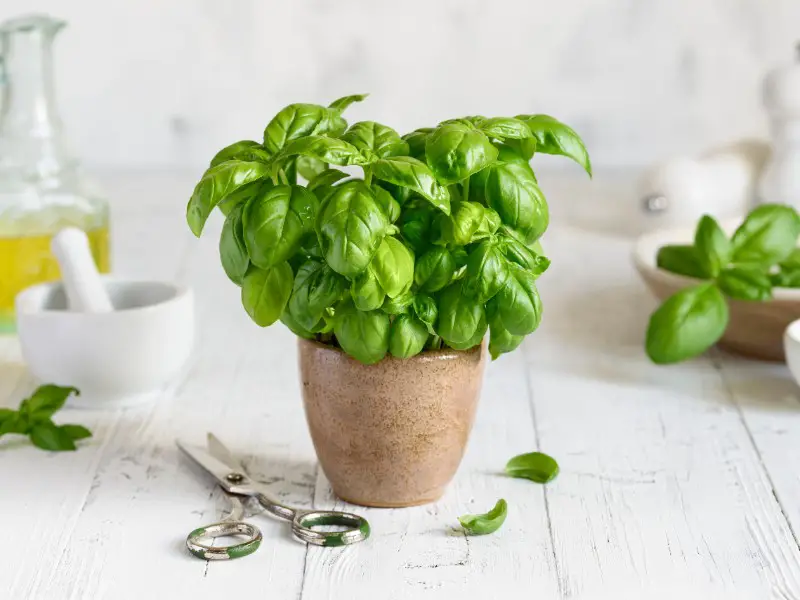
The best time to prune basil is when the plant has exceeded 6 inches in height. After this first pruning, you should prune basil every 10 days.
During the winter, bring basil inside or transfer the plant to a greenhouse. Continue to prune the plant according to how quickly it grows.
Eventually, you should get used to your basil’s growth phases. Within a few months of repeated pruning, you’ll know by the basil’s height and the presence of blossoms that the plant is ready for another prune.
Why Prune a Basil Plant
Cutting basil back is essential for healthy growth, even though removing the stems and leaves from basil seems like the opposite of what you want to do.
Keeping up with frequent pruning will encourage the basil to grow large and leafy. A pruned, well-looked-after basil plant can provide a never-ending supply of leaves.
Pruning a basil plant prevents the growth of flowers. When flowers grow on a basil plant, a lot of the plant’s energy resources are used for blossoming. This means that fewer leaves will grow. Removing flower buds during pruning will direct the plant’s focus to grow new leaves.
Tips for Pruning Basil (How to Avoid Mistakes)
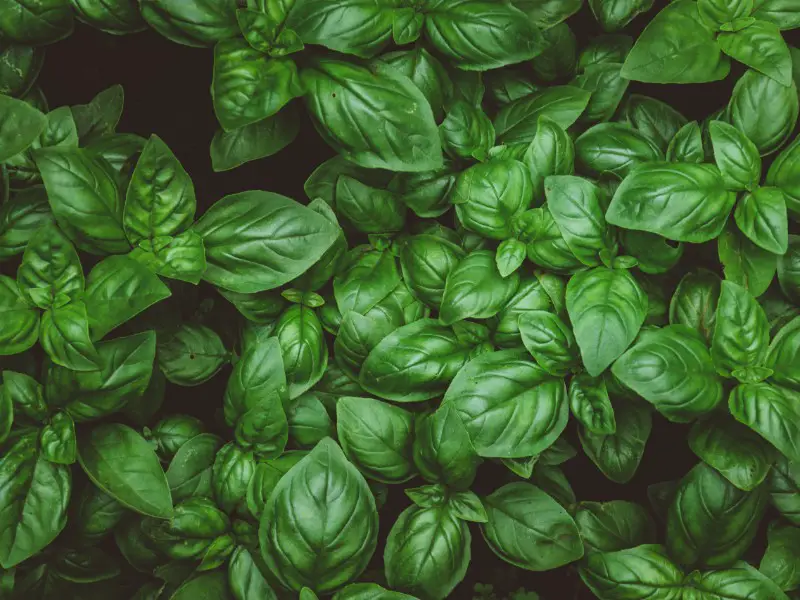
Pruning basil is easy when you know what you’re doing, but it can be daunting to begin with. Follow the tips below for pruning basil, looking after your basil plant, and getting a large crop of basil leaves.
Handle Basil Carefully
Basil is a sensitive plant that can easily bruise, so careful pruning is essential. If you want your basil plant to last as long as possible beyond pruning, don’t forcefully pull leaves from the plant or cut the stems roughly.
Use Hand Pruners, Scissors, or Herb Snips for Cutting
Don’t use your fingers to cut the stem of your basil plants. Using hand pruners, scissors, or herb snips will give a clean cut and prevent damage to the plant.
Grow Basil in Optimal Conditions
Pruning basil isn’t the only way to increase basil growth. If your basil plant isn’t kept in the right conditions, the plant’s growth might be stunted, or the plant might die. Keep basil in moist soil, and water the plant twice a week. Protect the basil plant from frost by moving the plant indoors overnight or covering the plant with plastic covering.
Encourage Growth with Organic Fertilizer
As well as trimming and watering basil to encourage growth, use organic fertilizer every three weeks for the first two months of growth. After this initial growing period, use fertilizer once a month.
Harvest Basil Leaves Sensibly
To prevent damaging or killing basil during harvesting, be careful when removing the leaves. The best practice is to pinch the leaves at the stem and gently pull, making sure that you don’t tear the stem attached to the leaf. Harvest the basil stems from the top down, leaving at least one pair of leaves on each stem.
Avoid Common Basil Pruning Errors
The most common errors with pruning basil are over-pruning (removing too much of the plant and causing it to die), damaging the plant by using your fingers to snap the stem, and pruning the wrong sections of the plant. You can avoid these errors by closely following the instructions for pruning basil in this guide.

